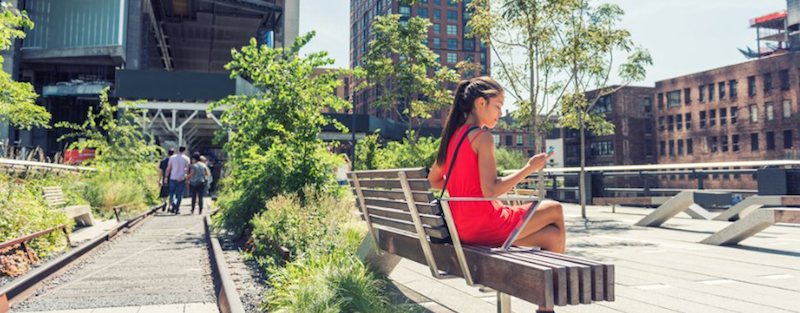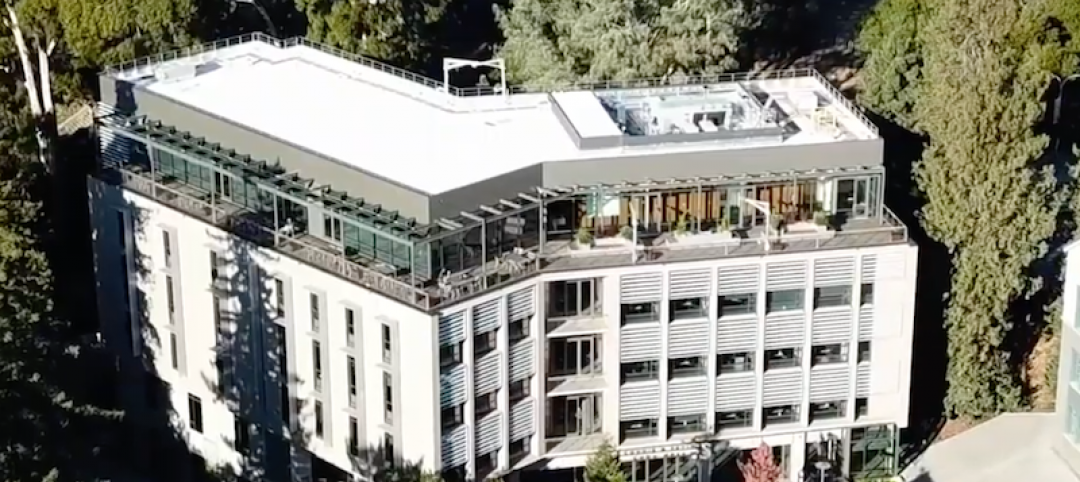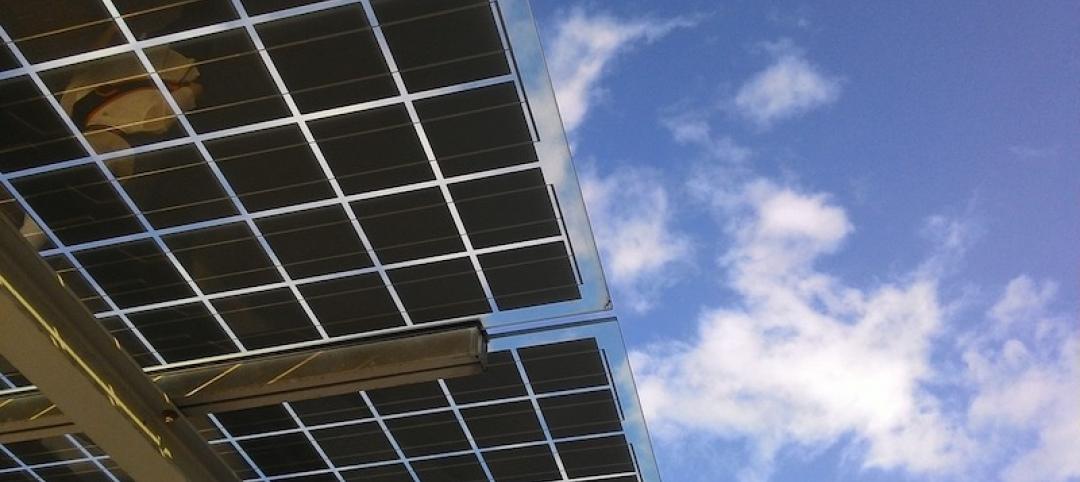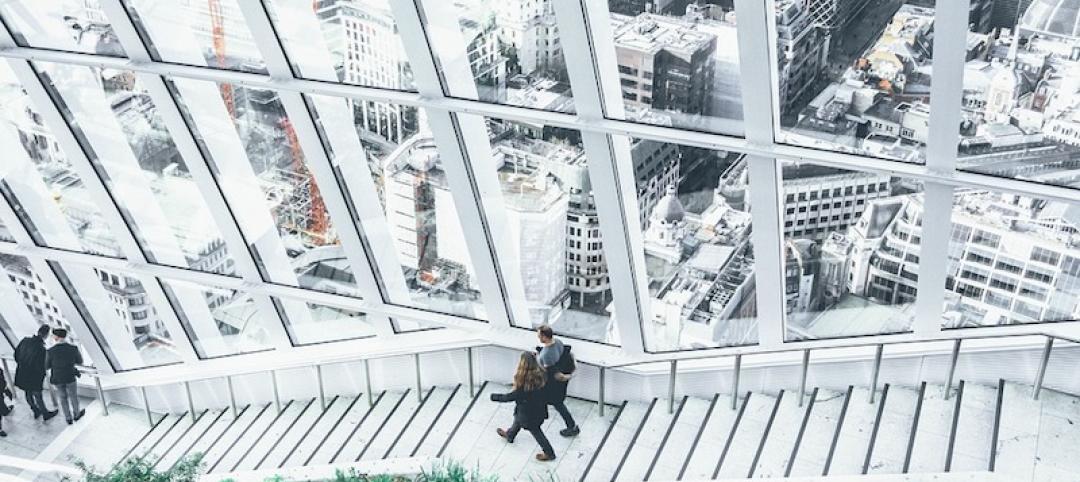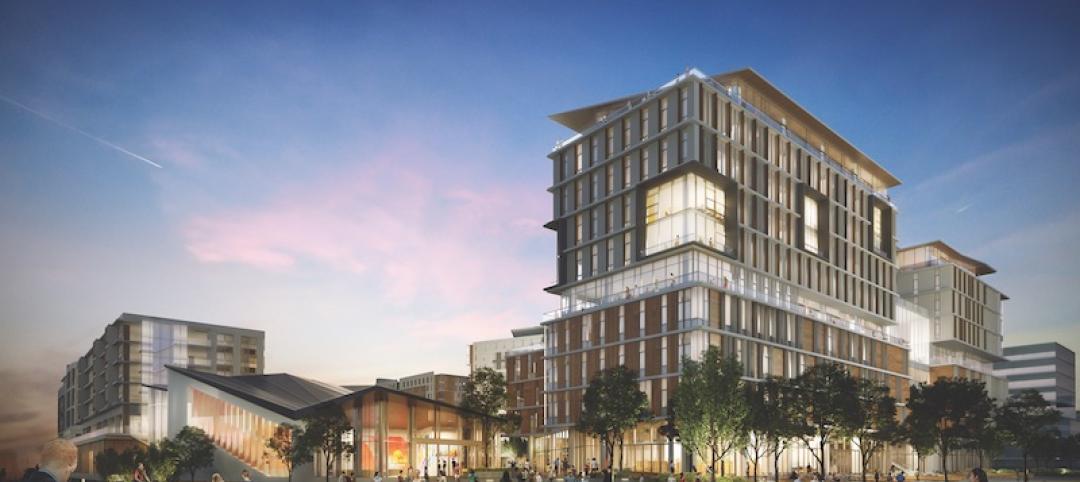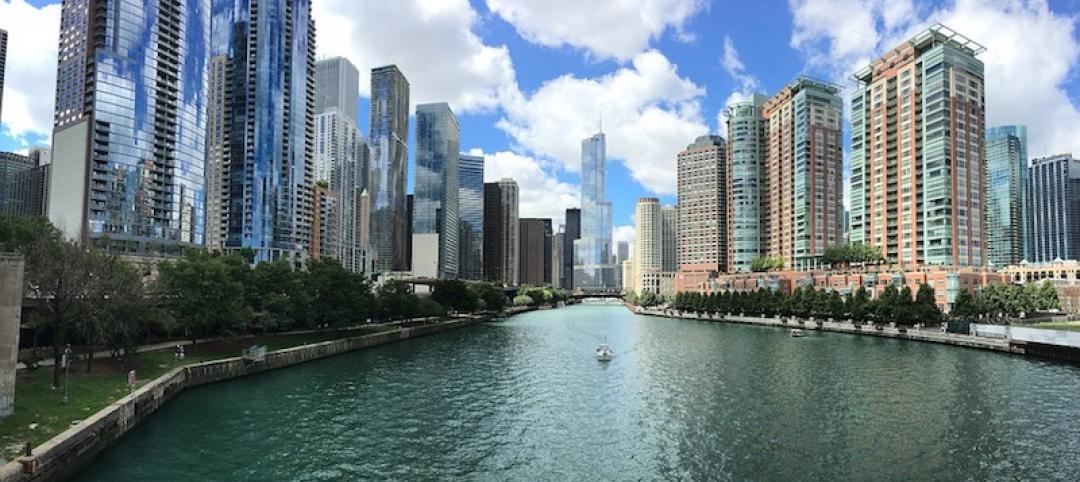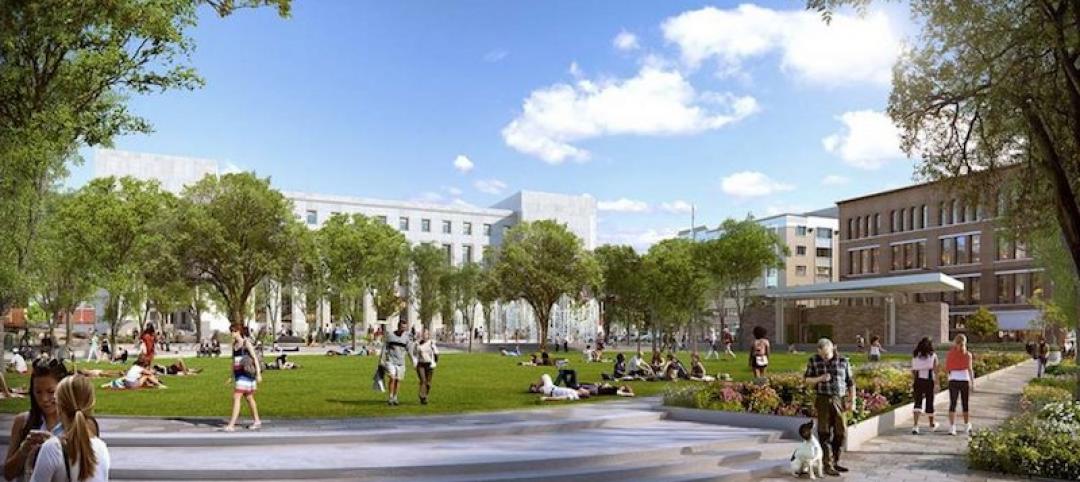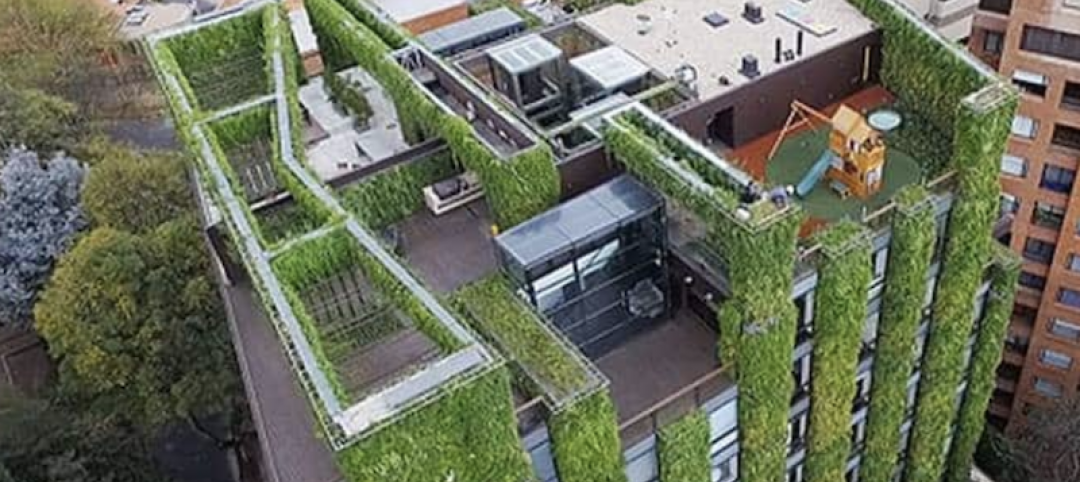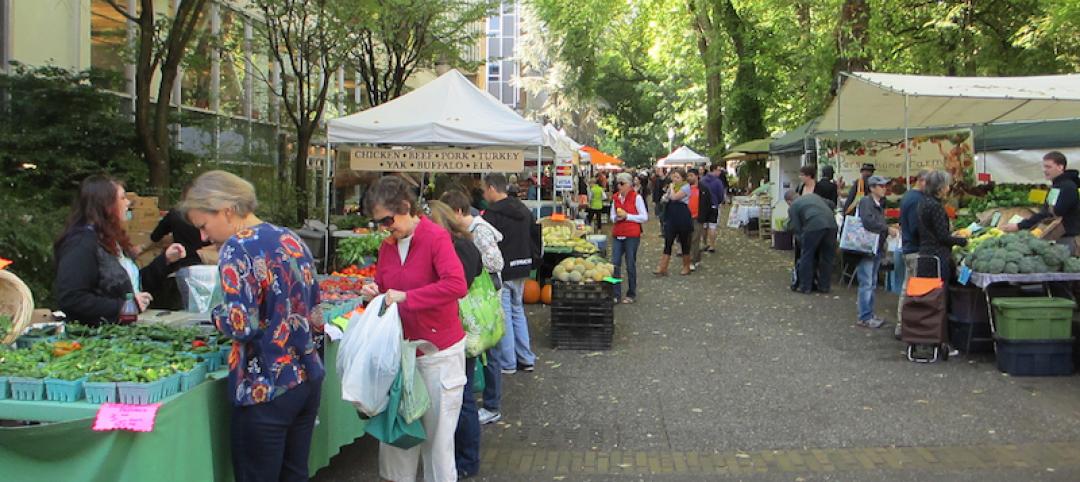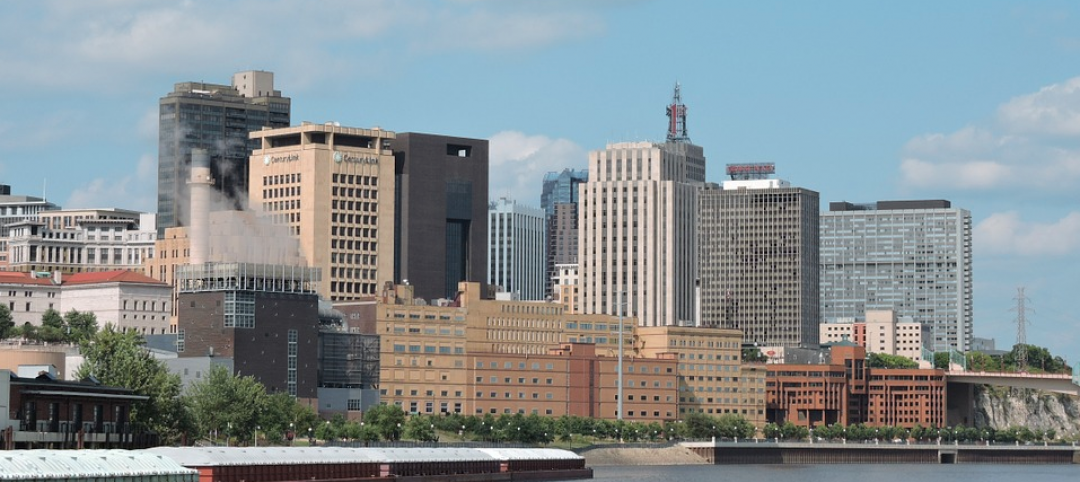As part of its Living Standard initiative, today, the U.S. Green Building Council (USGBC) released a new U.S. public research report titled Standard Issue that sets out to better gauge how the public feels about issues at the core of the green building community’s mission: sustainability, green buildings and the environment. The report takes a closer look at Americans’ views on environmental issues and how the green building industry can be better positioned as a global solution. As part of the report, USGBC commissioned ClearPath Strategies, a global public opinion research company, to conduct qualitative and quantitative research across five regions of the U.S.
“For more than a quarter century now, the USGBC community has worked to prove that buildings are very much living entities that, if created with forethought and compassion, can mitigate climate-related risks,” said Mahesh Ramanujam, president and CEO, USGBC. “But we need to do more. We know that green buildings are only part of the solution to lengthening and bettering the lives of every person on the planet. That’s why the heart of the green building community’s efforts must go beyond construction or efficiency. Instead, our focus must be on what matters most within our buildings: people. This research questions our conventional wisdom and experience and helps inform our strategy for the future.”
USGBC is working to elevate the role of green buildings beyond the environment and economy and focus on the personal health and well-being benefits they provide. The report found that while three-quarters of respondents said environmental problems are very or somewhat important to them, they do very little to address the problems in their own lives, considering it too daunting a task.
The research also shows that people want to live in a healthy environment, but don’t typically associate green buildings with being part of the solution. When asked which terms most strongly relate to the environment and being green, only 11% said green buildings.
When considering the connection between green buildings and personal health, almost a third (32%) indicated they have direct, personal experience with bad health associated with poor environments or living situations. In addition, when ranking how healthy their local environment is on a scale of 1-10, 65% gave it less than an eight.
The research suggests there is a gap between the enormity of the problem and how people seek to address it in their daily lives, and that the green building community can mobilize and inspire change by connecting messaging to healthy outcomes for human beings.
“When people think about emissions, they think about cars, power plants and industries. They rarely think about buildings, leaving the green building community with a messaging mountain to climb,” continued Ramanujam. “We are not reaching the broader population effectively enough to change their behavior or decisions on the scale necessary to combat climate-related risks.”
Through these research findings, USGBC has identified key areas to talk about how green buildings can help, who they help and why they are necessary:
— Promote Healthy Outcomes: Sustainable cities improve people’s lives and better designed spaces help people live longer, healthier and happier lives. Toxin-free materials, good air ventilation and air-purifying plants, all together in a home or workplace, can improve physical health and comfort by reducing symptoms of allergies and respiratory related illnesses like asthma.
— Future Generations: At the rate the planet is warming, catastrophe is almost certain. If we continue to do nothing, our children will ask, ‘How could you do this to us?’ And they will be right. Our future generations deserve to live in a healthy, thriving environment where they live, learn, work and play. The time to act is now.
— Planetary Stakes: With more natural disasters, drought, fires and hunger, our global environment is getting worse every day. Now United Nations climate scientists report that if we do not make dramatic changes in how we live and the fuel we consume, we will have an environmental catastrophe by 2030.
This is the first of several public research reports that will be released through the Living Standard campaign, which was launched at the 2018 Greenbuild International Conference and Expo in Chicago and is focused on the belief that storytelling can lead to a more sustainable world. The campaign aims to highlight stories – big and small – that capture how USGBC, the LEED green building rating system and other sustainability programs are raising the quality of life for people around the world.
The Living Standard study included both qualitative and quantitative research conducted in the fall of 2018. The study included focus groups with millennials, community opinion formers, young parents, commercial and residential developers, and a survey of the general public at large.
Visit livingstandard.org to learn more, join the campaign and submit stories. USGBC will be releasing additional research reports quarterly in 2019, each with a particular issue and regional focus.
Related Stories
Codes and Standards | Apr 8, 2019
LEED v4.1 now available for cities, communities, residential/homes
The rating system emphasizes performance monitoring, fully integrated design, social equity, and human health.
Green | Jan 28, 2019
This is the country’s greenest academic building
Perkins+Will designed the building.
Green | Nov 15, 2018
USGBC launches LEED Zero, to address net zero carbon operations and resources in LEED green building projects
LEED Zero complements LEED to verify the achievement of net zero goals and signals market leadership in green buildings.
Green | Oct 17, 2018
USGBC survey suggests employees are happier, healthier, and more productive in LEED green buildings
Can healthier, more sustainable buildings give employers a hiring edge to attract best in class talent?
Green | Oct 15, 2018
Green, and then some: Architecture firms are helping cities raise the stakes in green design
Architecture firms are answering the call of local governments and institutional clients for higher standards in green building design.
Green | Sep 11, 2018
Chicago becomes seventh city in the world to achieve LEED for Cities Platinum certification
It is the highest level of certification available from the U.S. Green Building Council.
Green | Aug 28, 2018
Chattanooga’s Miller Park set to open after $10.3 million overhaul
Spackman Mossop Michaels and Eskew Dumez Ripple partnered on the project.
Green | Aug 16, 2018
Vertical gardens: Wellness oases in the urban jungle
When there’s only so much real estate available in urban centers for parks, how’s a developer to bring in more green with biophilic design?
Green | Aug 15, 2018
What if your neighborhood could make you healthier?
The WELL Community Standard equips planners to build health promotion into the very fabric of neighborhoods.
Green | Jul 26, 2018
St. Paul aims for zero carbon in all buildings by 2050
The city is working for better efficiency and sourcing green power to reach its goal.


